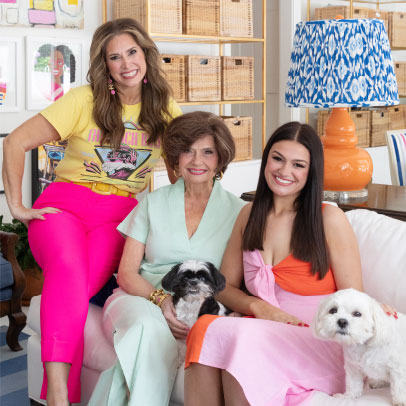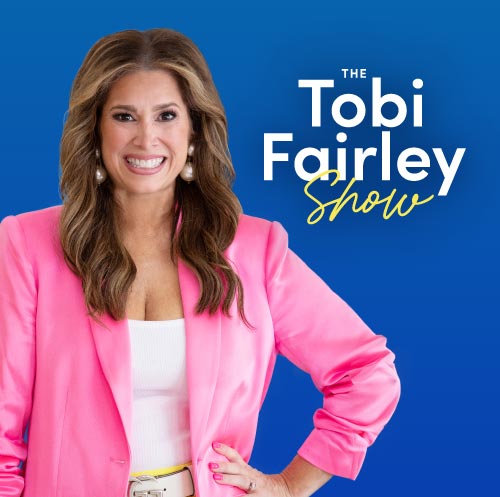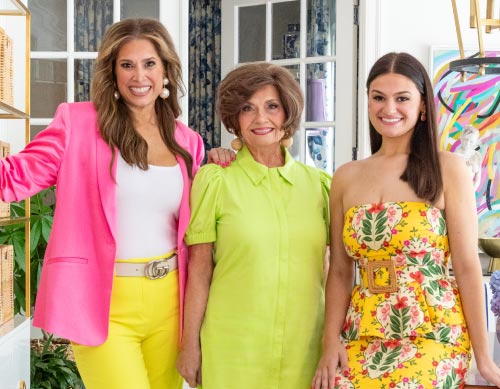
With everything that’s happened so far this year, 2020 has made me rethink what’s really important. I’ve had a chance to reflect on myself and how to be more ‘me’ in my business. Many of us struggle to incorporate our personalities into our work, striving for authenticity but finding it difficult to balance “real” with “professional.” Today’s guest can help us fix that!
Founder of Talking Shrimp and co-creator of The Copy Cure, Laura Belgray joins me this week to help business owners put themselves into their copy and create magic for their brand! Copywriting Expert Laura has worked with hundreds of well-known clients and now helps entrepreneurs find the words to express their personalities and get paid for being themselves. Sounds like the dream, right?!
Tune in this week as Laura and I talk about how to be more authentic and why self-promotion is essential in your business! We’ll show you how to get past the fear of annoying people with your promotion, and how to ensure you’re always at the forefront of your potential clients’ minds. Grab a notepad, friends, it’s time to be your own best promoter and let the results take care of themselves!
If you want to keep this conversation going, you have to join my free Design You Podcast community on Facebook. We have great conversations over there about the podcast episodes and our podcast guests are in there too! So head on over and I’ll see you there!












